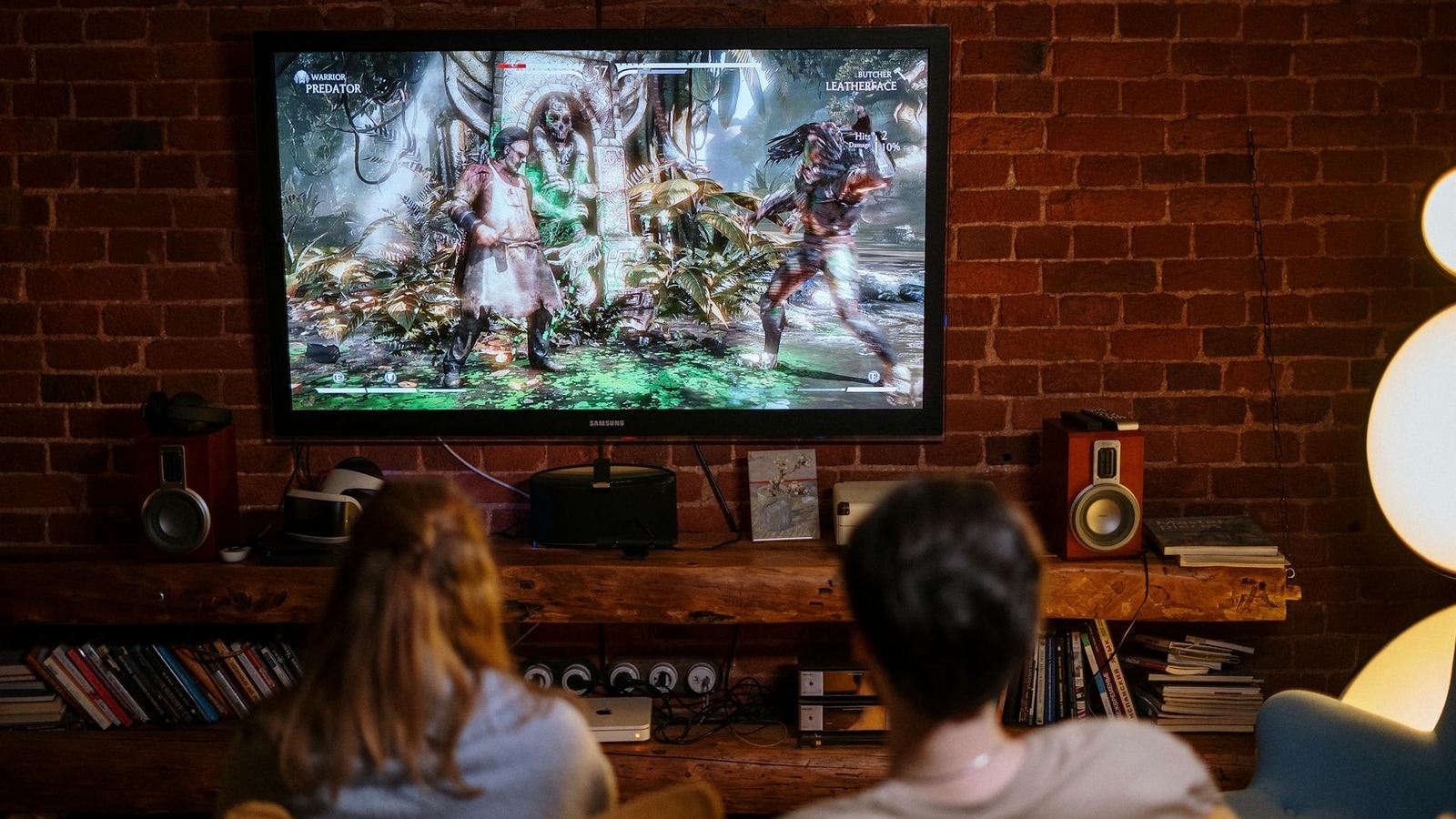The president of soccer’s global governing body on Tuesday harshly criticized European broadcasters for not meeting FIFA’s demands for significantly higher television rights fees for this summer’s Women’s World Cup in Australia and New Zealand. If the offers did not improve, he threatened, the tournament’s matches would not be televised in many of Europe’s biggest markets.
“It is our moral and legal obligation not to undersell the FIFA Women’s World Cup,” the president, Gianni Infantino, said in an appearance at the World Trade Organization in Geneva. “Therefore, should the offers continue not to be fair, we will be forced not to broadcast the FIFA Women’s World Cup into the ‘Big 5’ European countries,” he added. That group includes England, Germany, France, Spain and Italy — all of whom will send teams to the tournament.
Reeling off unverifiable figures, Infantino labeled the offers for the World Cup rights “a slap in the face” not only to the World Cup’s players but to women generally.
The comments escalated a fight Infantino opened last year, when he and FIFA rejected initial offers for rights to the women’s championship from several countries as far too low. At the time, he framed the battle as one over fairness, and he has since positioned himself as a champion of women’s soccer by increasing prize money for this year’s tournament and pledging to equalize it with the men’s World Cup by 2027.
But he will need hundreds of millions of dollars from broadcasters and sponsors to fulfill those promises, and his threat that the games might not be broadcast in Europe — a major driver of the growth of the women’s game — comes with serious risks.
With little over two months to go until the start of the tournament in Australia and New Zealand and little sign of an accord, the dispute risks overshadowing the biggest Women’s World Cup yet. FIFA has expanded the event to 32 teams for the first time as a sign of its commitment to grow the women’s game, and it has increased the prize money for players and the support money for participating teams to $150 million, a fivefold increase from the last tournament, which was held in France in 2019.
Infantino had hoped that much of that commitment would be financed by higher rights fees from international broadcasters. But in a rebuke to media companies both at the World Cup draw in Auckland last year and at FIFA’s annual meeting in March in Rwanda, he said that was not the case. Each time, he lashed out at the television companies for not paying more for a product that, he said, viewership figures had proved was increasingly popular.
With little movement since then, he took an even tougher line in his latest comments.
“I call, therefore, on all players, fans, football officials, presidents, prime ministers, politicians and journalists all over the world to join us and support this call for a fair remuneration of women’s football,” he said, repeating his remarks on his Instagram account. “Women deserve it. As simple as that.”
While women’s soccer in the United States — where a TV deal is in place — and in Europe has enjoyed greater investment and viewership in recent years, figures for even its biggest games are often significantly lower than for comparable men’s soccer games, and less attractive matches sometimes struggle to attract even in-stadium audiences. Broadcasters also appear to be taking a cautious stance on assigning a value to Women’s World Cup rights that have never previously been on the market. This year is the first time FIFA has decoupled the women’s tournament from the men’s; previously, the women’s rights were bundled as an extra in the bidding for the men’s World Cup rights.
Acknowledging that playing the tournament in Australia and New Zealand might be a factor for broadcasters in Europe, Infantino nonetheless said the sums currently being offered for the tournament were a fraction of what FIFA considers its true value. He noted that while viewing figures for the women’s tournament are 50 percent to 60 percent of those for the men’s World Cup, the amounts offered for the women’s games have been much lower than that: In Europe alone, he said, they were “20 to 100 times lower than for the men’s FIFA World Cup.”
“Whereas broadcasters pay $100-200 million for the men’s FIFA World Cup,” Infantino said, “they offer only $1-10 million for the FIFA Women’s World Cup. This is a slap in the face of all the great FIFA Women’s World Cup players and indeed of all women worldwide.”
There has been a substantial interest in women’s soccer in Britain, Europe’s biggest market, which peaked when England beat Germany to win the European championship on home soil last year. That final was played in front of a packed Wembley Stadium and watched by more than 17 million on television, the highest audience for a televised women’s game in Britain. The figure for the final represented 35 percent of the total global audience for the game, according to data from European soccer’s governing body.
The same data, though, highlights how certain women’s games in certain markets draw large audiences but highlights concerns among broadcasters over viewing figures for games not featuring premium teams in a tournament that will feature more games than ever. According to news media reports, the BBC and ITV — the two main British broadcasters — have offered about 9 million pounds ($11.2 million) for the World Cup rights, the highest among European broadcasters. The offer from Italy is about $1 million.
The inability of FIFA and broadcasters to reach rights agreements in the next two months does not necessarily mean the games will be unavailable to fans in Europe. FIFA officials have previously spoken about possible alternatives, including airing the games on its own streaming platform or on FIFA’s YouTube channel. Such a move would carry its own risks, however, both by reducing viewing figures and revenue for an event — and a sport — that FIFA has a stated commitment to grow.

























